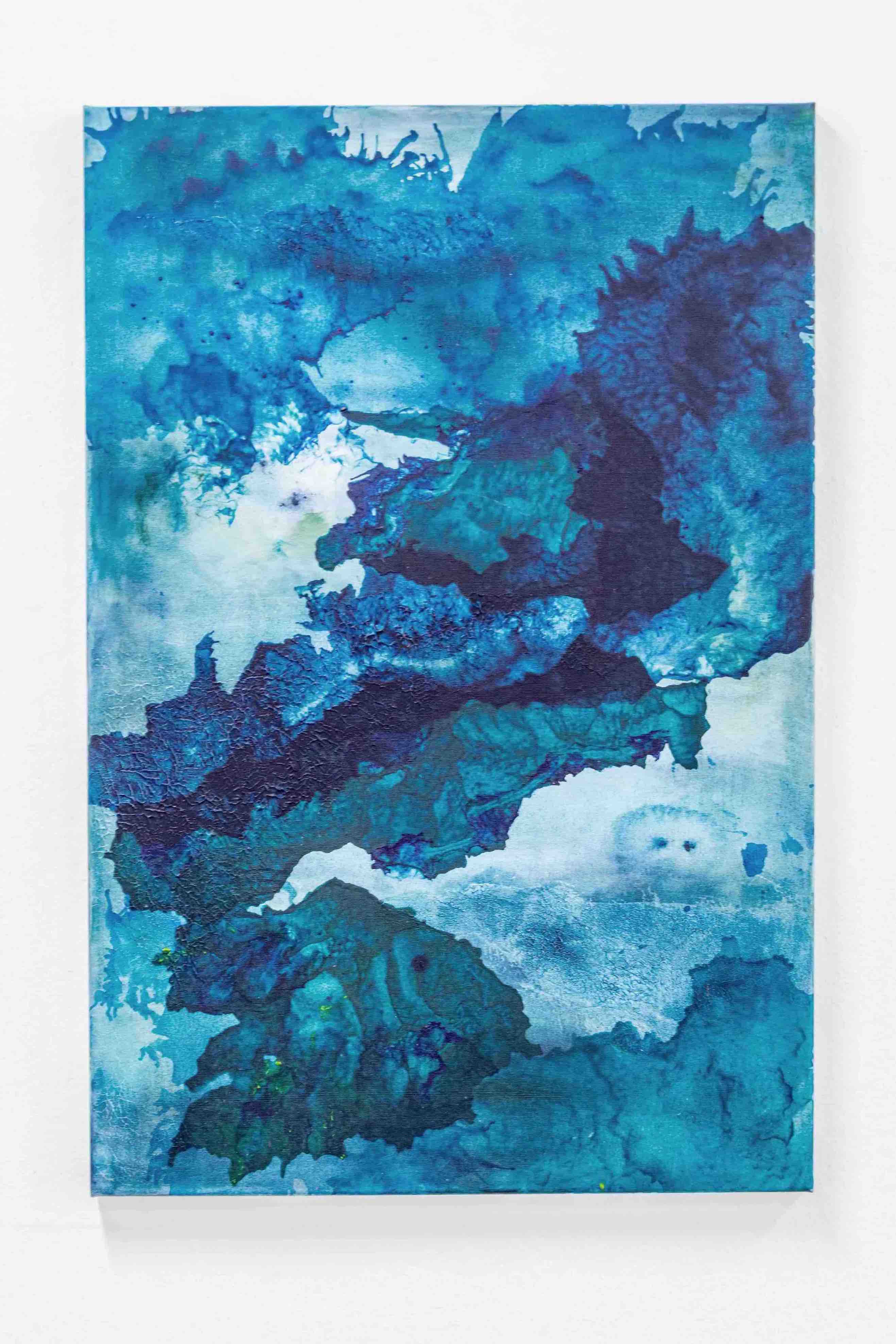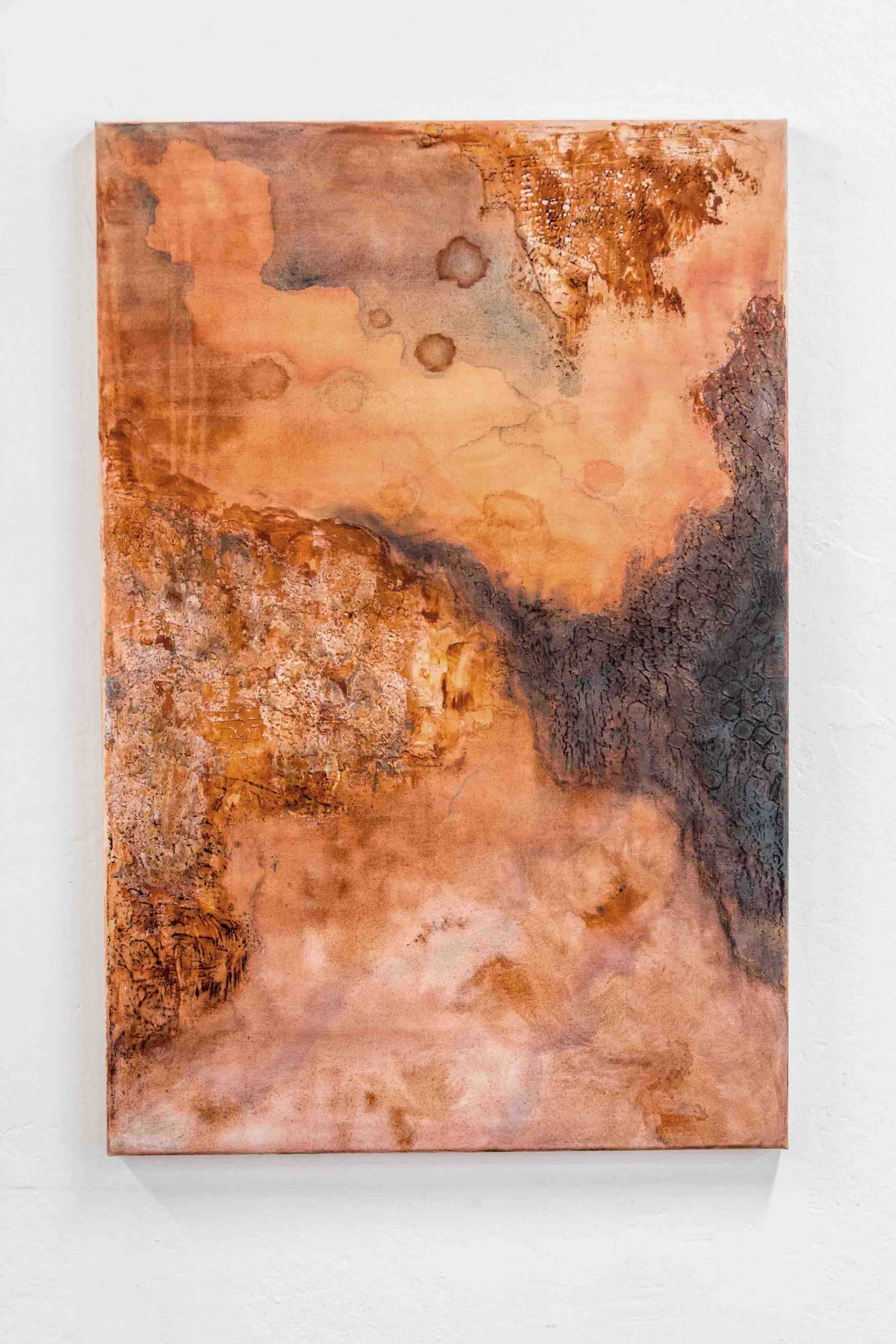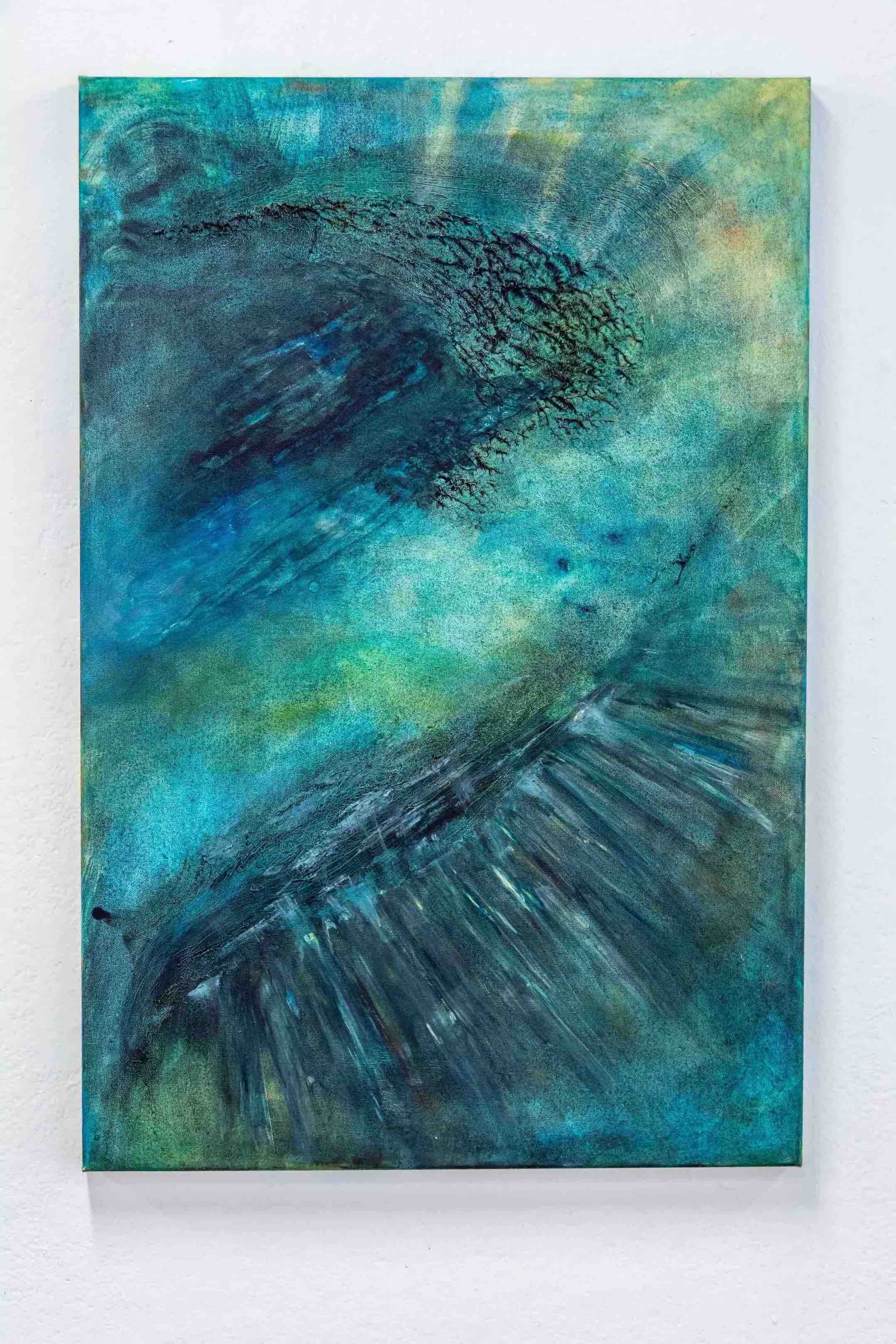
Emma Fromont
Ecology through Art

Reframing fragments of the natural world into an art context to negotiate ideas of ecology and greater interconnectivity.
My artworks are moments of Ecology. Not in the environmental ‘save the turtles’ sense that is most commonly assumed by the term, but rather in the bigger picture of interconnectedness, and the radical intimacy found in the coexistence between entities. The works themselves typically begin as small moments of interaction that occur within the ecological mesh; points of exchange where two or more coexisting entities meet and interact with one another, as occurs in the surface of water or erosion processes. I look at the physical actions that occur within these moments and perform them in the studio, reframing fragments of the natural world into an art context to create a vibrant site of exchange. The resulting artworks are a reflection of the ever-evolving nature of the earth. They are a glimpse of the visual image of interconnectedness, and a window through which the Ecological Mesh can be seen.
In his book ‘The Ecological Thought’, Timothy Morton defines Ecology as “a vast sprawling mesh of interconnection without definitive center or edge. It is radical intimacy, coexistence with other beings sentient or otherwise.” It is the notion of this delicate web of connections, infused with interconnected life that has become the leading source of inspiration for my work. From space we have learned that the world is a complex, intricate system, melded together by atmosphere, ocean, land life and energy; a single thriving organism woven together with life. It is simultaneously one large Ecology while also being made up of multitudes of smaller Ecologies. Art is a place in our culture that deals with what is new, unspeakable and difficult to understand. Therefore art is the window through which this larger-than-life notion of infinite connectivity can be seen.
My artworks embrace the randomness and subtle chaotic energy of the natural world. I like to think of them as moments of Ecology. Not in the environmental ‘save the turtles’ sense that is commonly assumed by the term, but rather in the bigger picture of interconnectedness that is laid out by Morton. The artworks begin as points in time and space in which I came across a clashing of Ecologies, where elements of one intertwine with the other in a vibrant site of exchange. An example of this is the surface of water; the space in which a body of atmosphere meets a body of water, be it ocean, lake or puddle. The interaction between the two entities manifests through certain moments of kinetic exchange, erupting in the form of ripples, splashes, waves and spray. When I am painting these moments I look at the physical processes that have come into play to create them and perform them within the studio. I make wind out of hairdryers and rivers out of a garden hose, so that the works become a reflection of the natural processes and ever-evolving nature of the world.
The cyanotype works in particular express this notion. Created with sunlight, sand, water and various other organic materials, they utilise fragments of the natural world as not just reference points, but as physical collaborators and catalysts. Working with such simple life-sourcing materials allows the works to exist fundamentally as essences of themselves, rather than as a conceptual representation of something else. They reveal themselves during the process of being made, and the finished work is merely a consequence of the process it took to create it. Rendering the work simultaneously a cause and effect of the ecological mesh.



